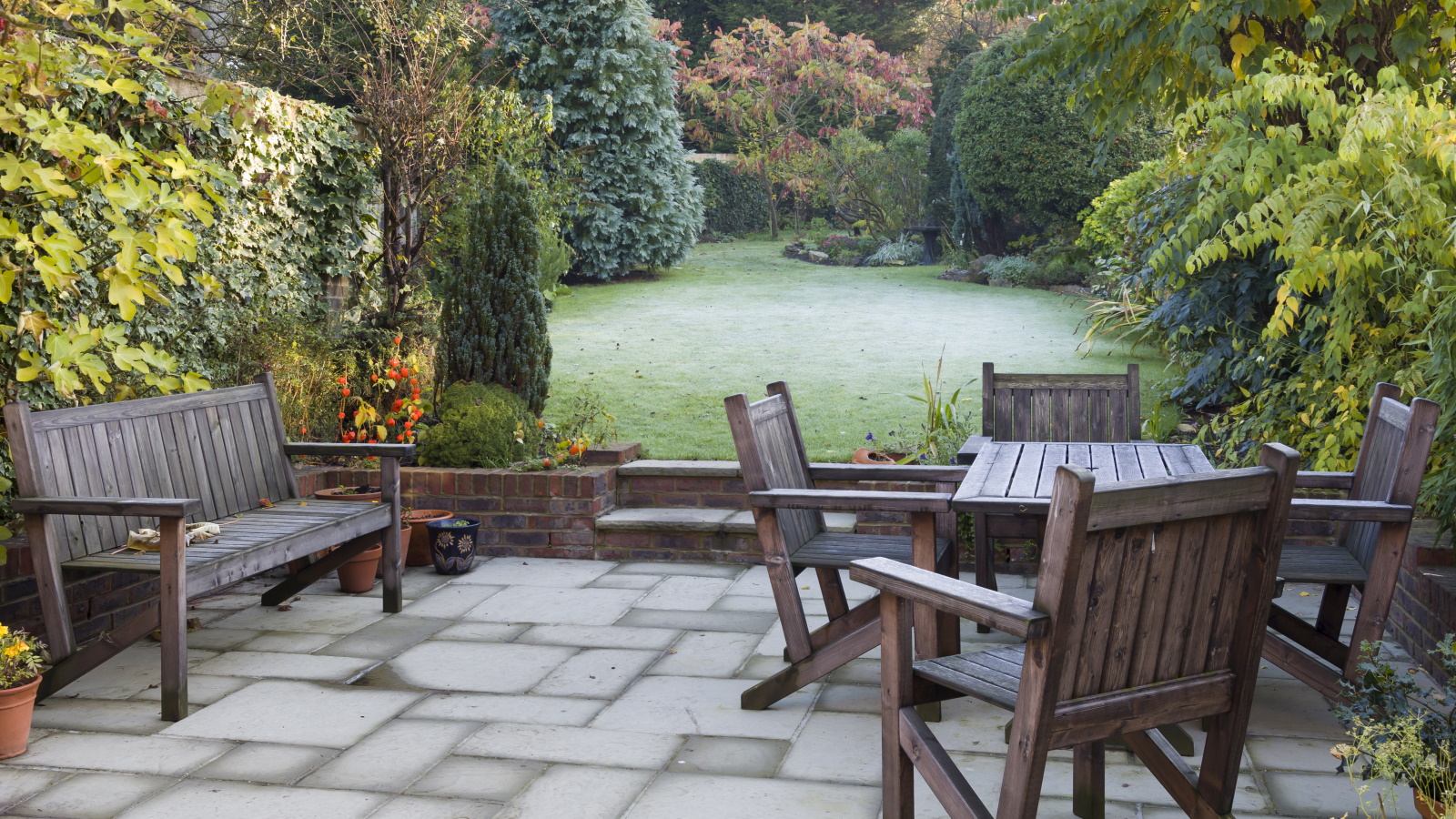
There are many gardening items, from tools to furniture and more, that will be worse for wear if you leave them outdoors to face the force of the elements this winter.
Any items left in your yard have to be able to withstand ice and snow, the sudden drop in temperature, moisture, and potentially rusting to name a few examples. But oftentimes, making it through such harsh conditions unscathed isn't possible.
In the same way as overwintering a garden, you must consider how every garden item individually responds to winter, and assess which pieces would be better off stored indoors. After talking to a range of gardening and plant care experts, we compiled this guide to tell you which items are most at risk in your yard, and how to safely store them until spring.
1. Hoses
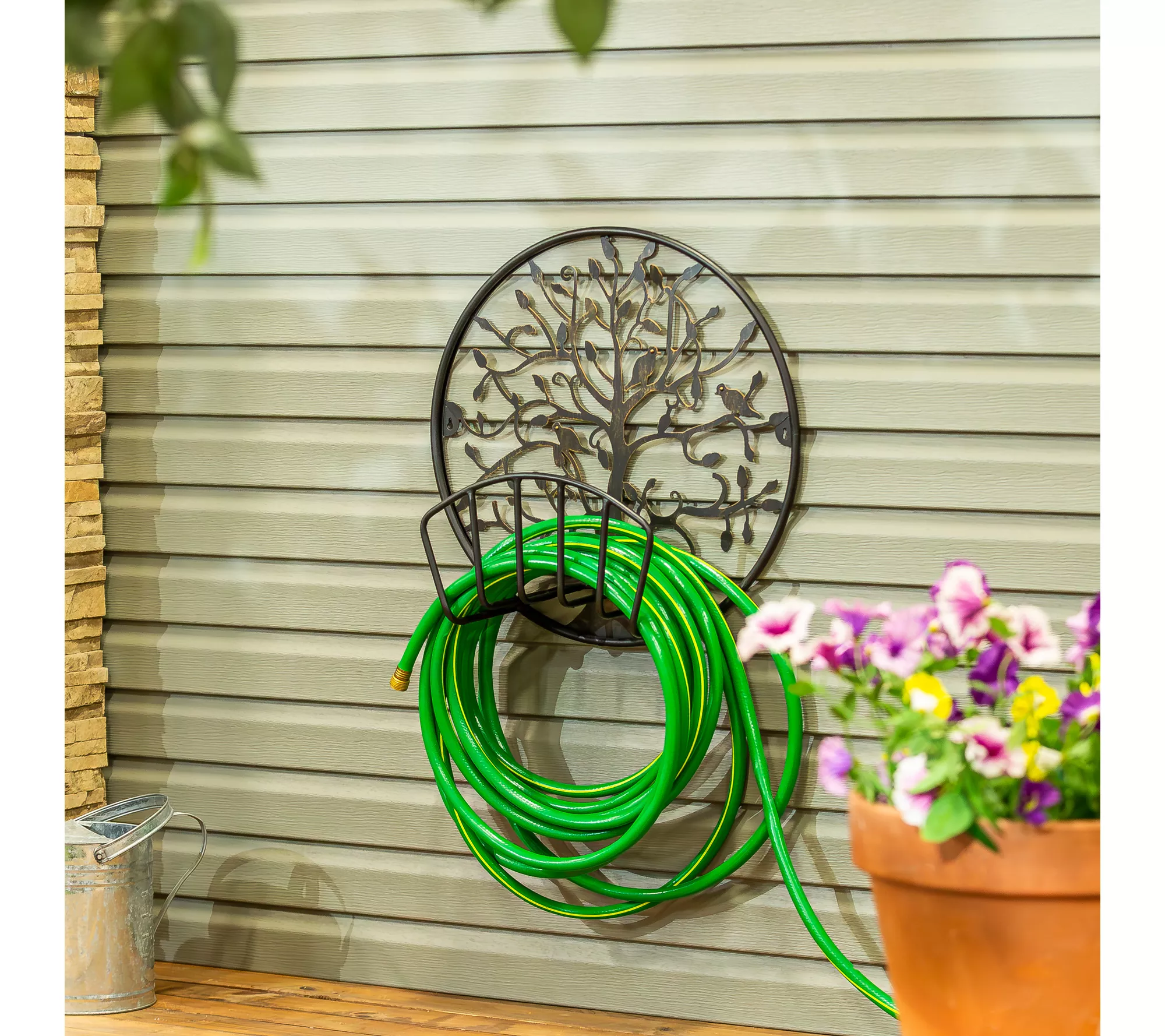
Hoses are one of the items most likely to be impacted by winter temperatures. Many aren't aware that even though their hose isn't actively running that it probably still has water in the pipe, which can freeze during the winter. Once the water inside of your hose freezes, it's more than likely to crack open, becoming unusable in the future.
Andrew Bunting, vice president of horticulture at the Pennsylvania Horticultural Society, says, 'Hoses should be drained heading into the winter and stored in a dry spot like a basement or a garage.'
To neatly store your garden hose, wrap it around a hose reel like the gorilla aluminium zero-rust upright hose reel from Amazon. This one is a great choice as it's made from a durable material and is easy to transport around your yard while organizing your storage.
Alternatively, you could use a hose reel bag such as the Laminet outdoor multipurpose heavy duty bag, also from Amazon. This option will take up less space in your storage, even if you're storing an expandable garden hose, and offers an added layer of insulation to your hose over winter.
2. Outdoor furniture
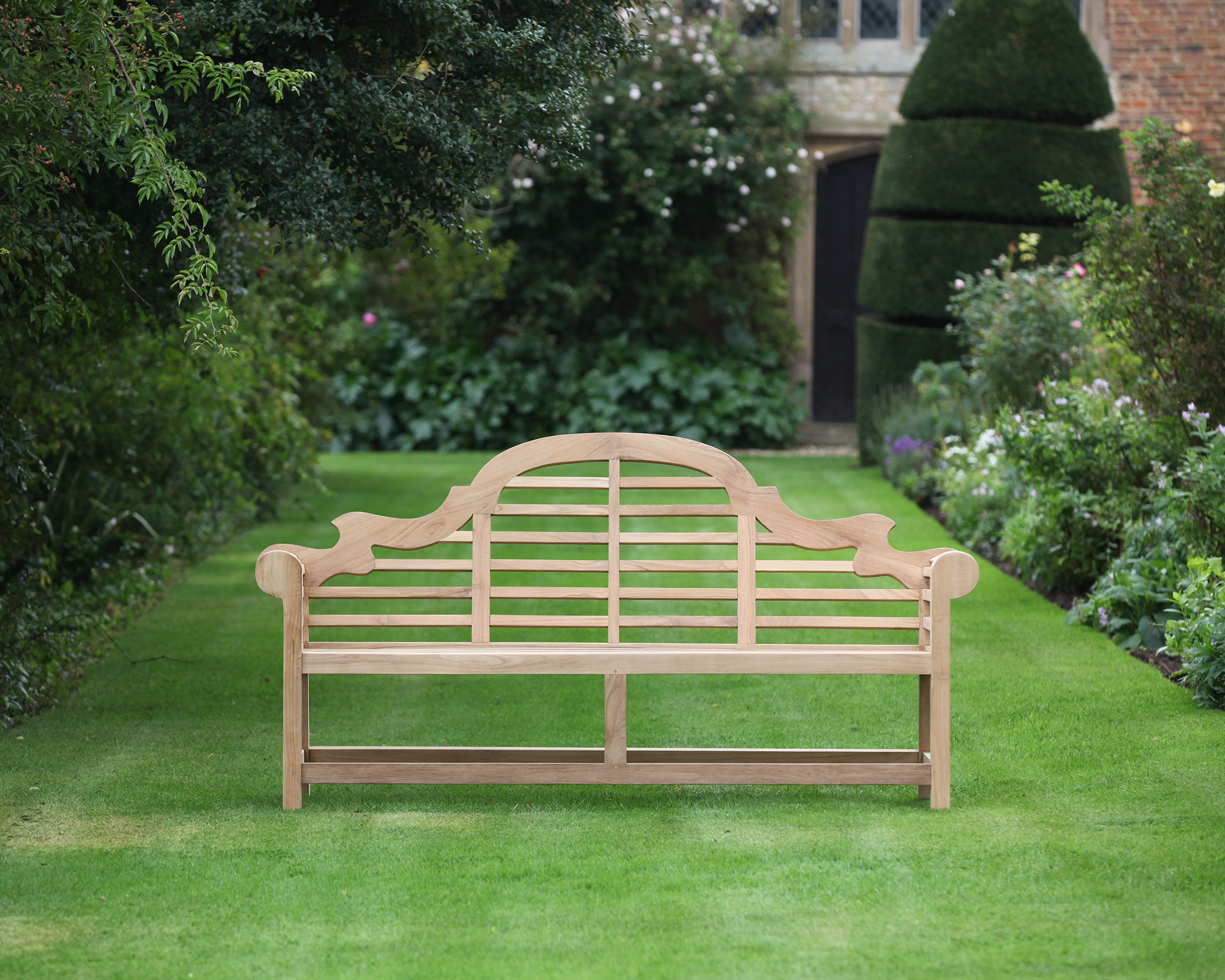
Outdoor furniture, especially entertainment pieces (grills, firepits, etc), and items made from wood or fabric, won't fare well during the winter months. Being exposed to constant extra moisture will encourage these pieces to rot or develop mold, both inside and out. For these reasons, it would be an outdoor furniture mistake to not bring outdoor furniture back indoors when it's not in use.
Jenny Rose Carey, a professional horticulturist, author and gardener, says, 'Benches and furniture can be cleaned and then brought inside, or if you can't bring them indoors you can cover them over using a good tarp.'
A simple solution of warm water and detergent will be suitable to wipe down and spot clean outdoor furniture, so long as the soap is mild and the furniture is well dried before coming indoors.
If you're storing your furniture outdoors, the trademark supplies tarp on Amazon is medium-weight, and offers secure protection to your outdoor furniture. As an alternative, I like the more stylish Ultcover square patio heavy duty table cover on Amazon, though you would need to measure your furniture before purchase to make sure it would fit.
Don't forget to consider the material of any decorative features or statues you keep in your yard as well.
3. Pots made from terracotta, clay or plastic

Planters made from porous materials like terracotta and clay, or materials prone to becoming brittle in the cold such as plastic, will need to be taken indoors or switched out for alternative options before winter comes. They are definitely garden items to never leave outside in winter.
If these are left outside for too long they will crack and split before eventually breaking, leaving your plant's roots exposed and your plant pots destroyed.
Ofra Gaito, CEO of Verdant Lyfe plant shop, says, 'Plastic pots can crack or become brittle in freezing temperatures but it's the temperature fluctuation which can really have impact. Over time, freezing and thawing repeatedly can cause the pots to split. Porous pots like clay and terracotta can also crack and break as they absorb water which then freezes in the cold.'
The best way to protect your picky pots from the winter temperatures is to switch them out for pots better able to withstand the climate, such as ceramic and treated pots, or to clean up your terracotta pots ready to store and change to pots labelled as 'frost proof'.
There are a wide range of plant pots available, including frost-proof options like the frost-proof resin planter from Walmart and the 16" frost resistant poly-resin square planter, also from Walmart.
You can also buy rolls of thermal insulation designed to go around your more fragile planters such as this reflective insulation roll from Amazon engineered to deflect some of the cold.
4. Garden tools
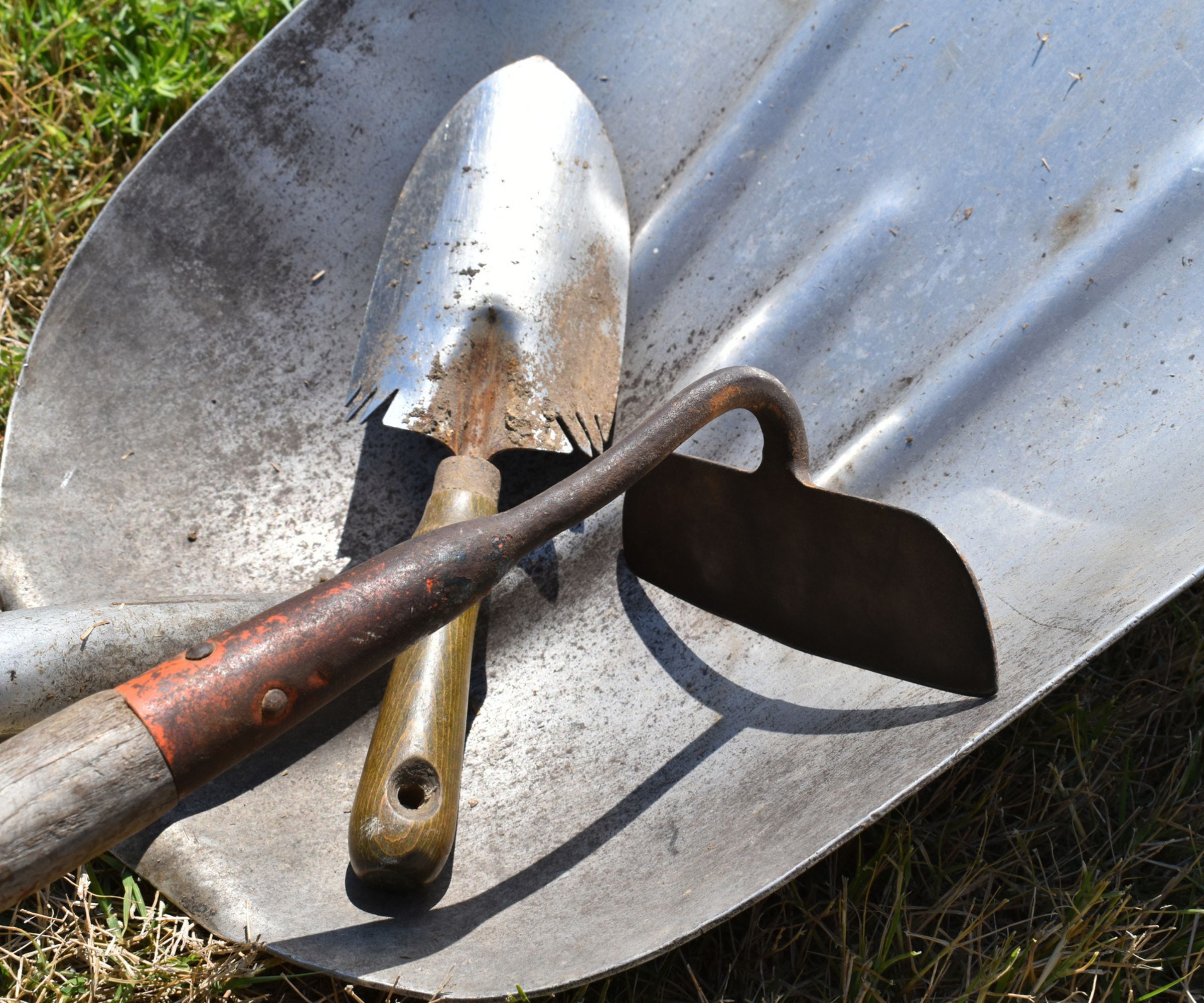
It's tempting to leave your spades and supplies out ready to garden in your yard. However, this isn't the best idea when winter comes around, as you'll be more likely to lose your items or risk them rusting.
Andrew says, 'I recommend storing all tools in a dry spot during the winter, such as in a garage or shed. This will prevent against rusting. Also, once they are in a garage or shed it makes it easier to sharpen pruners, spades and shovels during the winter months ready for the spring ahead.'
If you're someone who struggles to find their essential gardening tools and would like them all in clear sight, investing in this metal garden tool wall mount from Amazon would be the perfect addition to your space. If you use this (and even better, label each section), you will always know when something has been left in your yard unaccounted for.
If you don't have a shed or garage to store your gardening tools the suncast 73 gallon resin wicker outdoor patio storage box from Target is currently on sale and would be ideal to tuck everything away into hibernation.
5. Watering cans
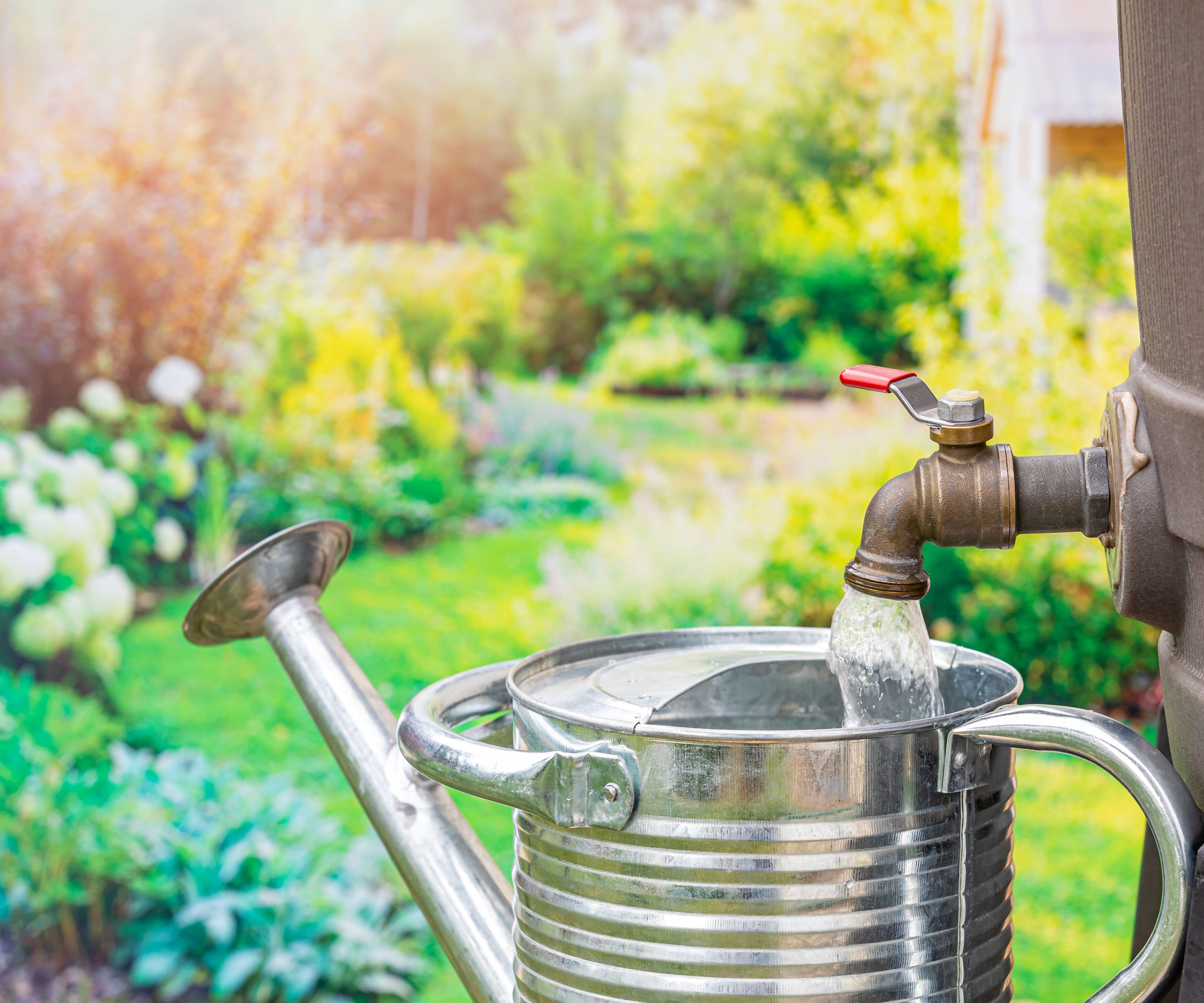
Interestingly, watering cans are another thing that falls into the category of garden items to never leave outside in winter. The majority of watering cans are either made from plastic or metal, neither of which mix well with freezing temperatures.
Plastic cans are prone to cracking as the material will freeze, and its metal counterpart can buckle as the season wears on, warping in shape and being rendered unusable by spring.
'Like hoses, watering cans can crack, develop holes and buckle, especially in their base,' says Jenny.
Sit your watering cans inside in a dry area, such as a shed or garage. Make sure they are empty of water that could potentially freeze prior to storing them away, too.
6. Items with glass components
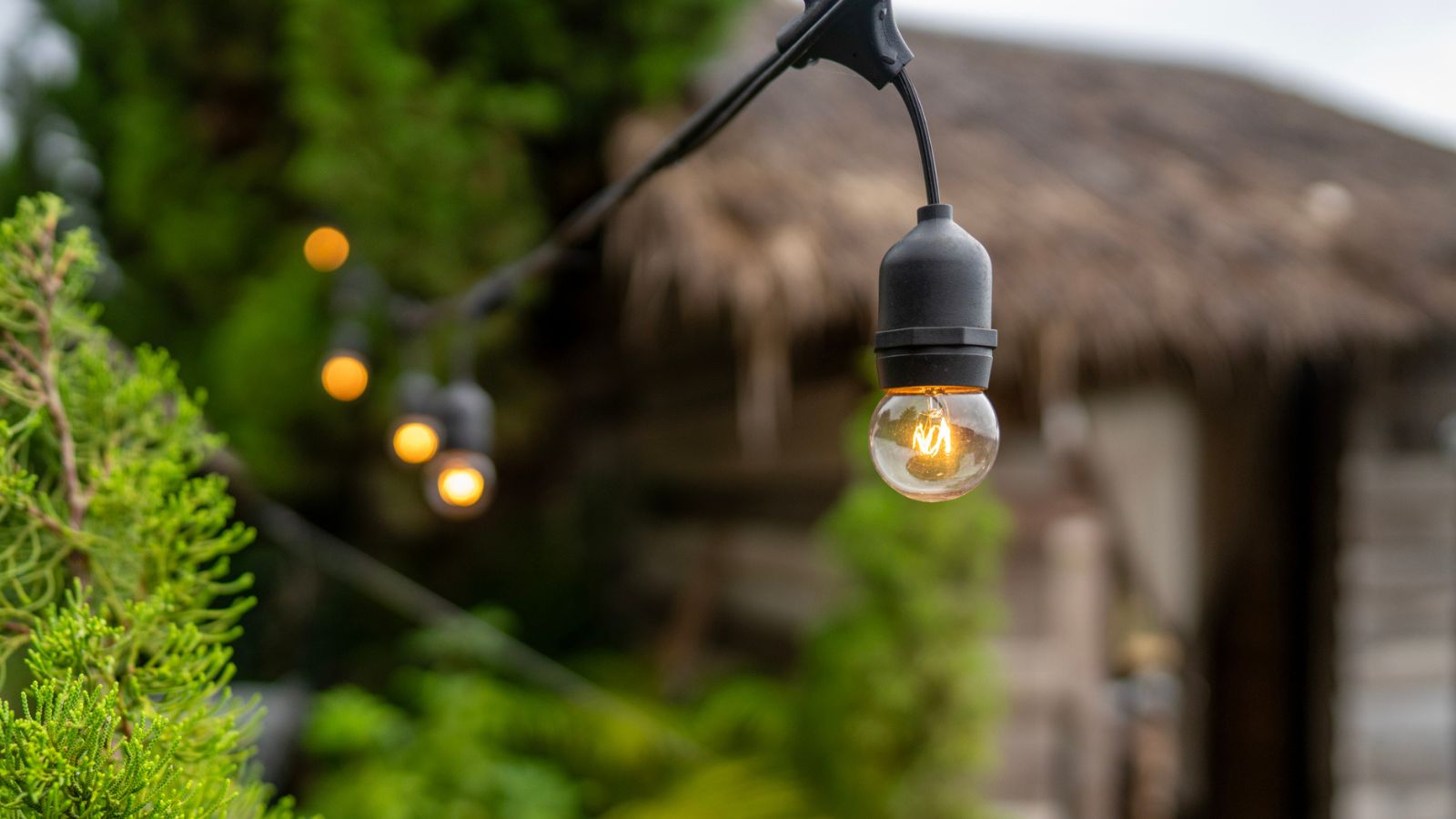
You might not realize how many items in your yard can contain glass until you actively pause to think about it. But glass elements where possible should be removed from your garden as soon as possible in winter to avoid the risk of shattering.
'Ornaments with glass components like birdbaths, light fixtures, or decorative glass balls can break or shatter if exposed to freezing temperatures,' says Ofra.
Shattered pieces of glass in your yard from the likes of festoon lights pose a health risk not only to yourself and your family, but also to surrounding wildlife.
The simplest way to store these garden items safely and together is to keep them in a transparent storage tote such as the clear weathertight totes from The Container Store, and then place this in a garage, basement or shed. Your items will be easy to relocate when warmer weather comes around again as you can see them through the storage container.
7. Rain barrels and rain chains
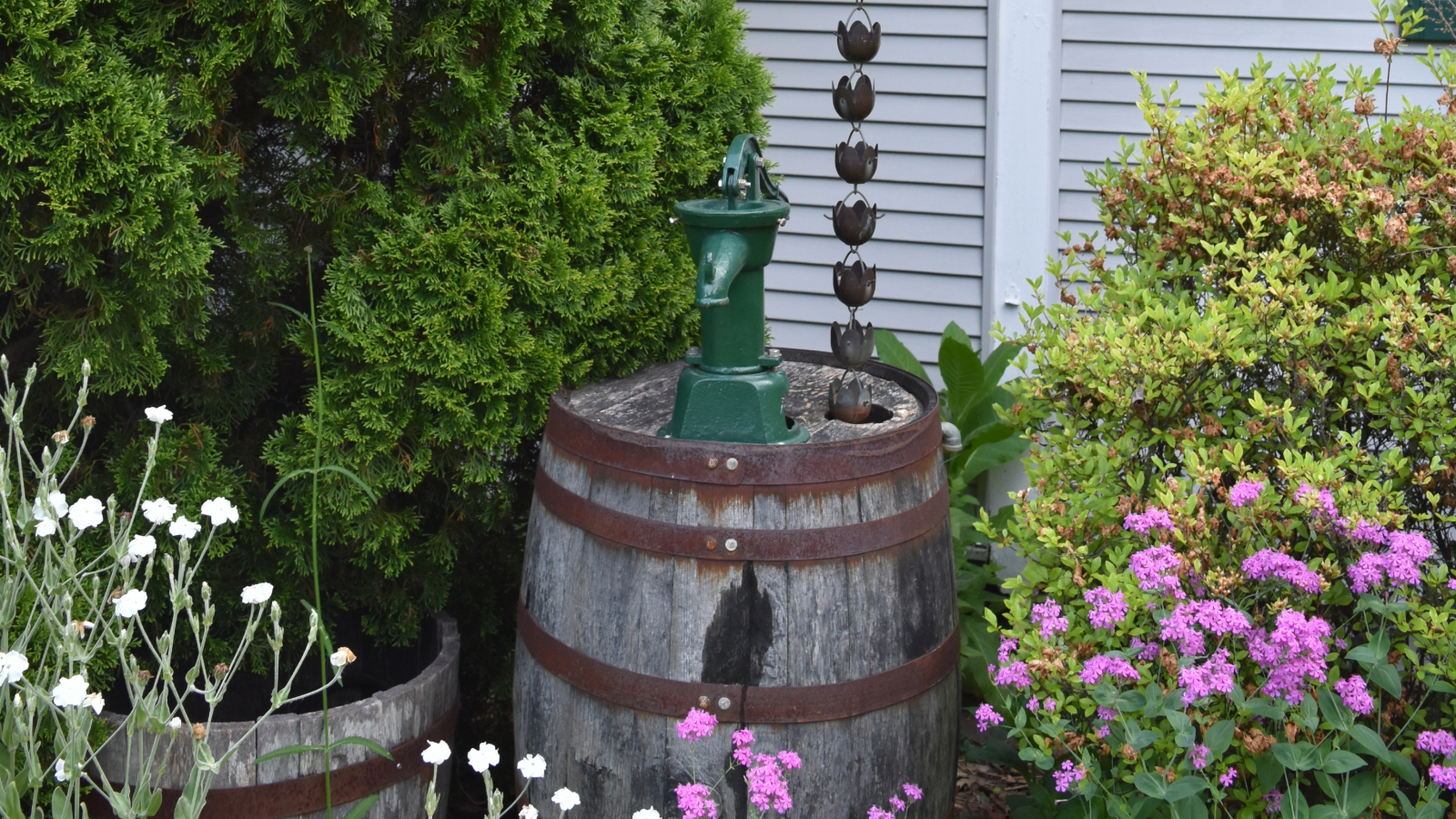
If you harvest water in your yard, it's important to empty your rain barrels of water prior to frost kicking in. A rain barrel filled with water will freeze and crack, meaning it will no longer be able to serve its purpose in the future. Your rain chain may freeze as well or warp during the harsh cold of the season.
'If you have rain barrels unhook the rain chains or diverters and reattach the regular downspouts so that water can flow away from your house,' says Jenny. 'Empty the rain barrels and store them somewhere dry for the winter. You do not want the water to freeze in the barrel and crack it. The same is true for any buckets. Get them inside and store them empty.'
Ofra adds, 'The spigot on your rain barrels will also be prone to breakage, so be sure to empty your rain harvesters before the first freeze.'
You can purchase cloth covers for rain barrels like the 55 gallon drum cover from Amazon to help keep your barrels dry and protected, whether they are stored indoors or outdoors.
Now you know what items can't survive being left out in the winter, why not begin to think into what can and will enhance the overall look of your home? These winter decor ideas for your front porch are simple, effective, and will last through the cold season no problem.







